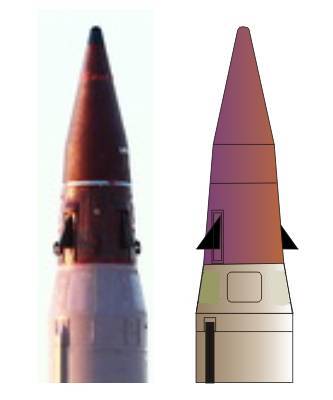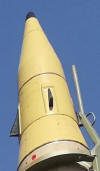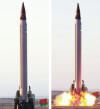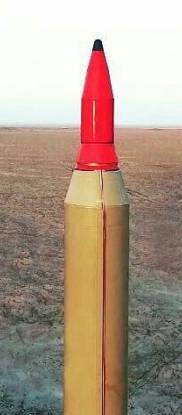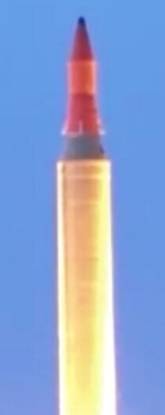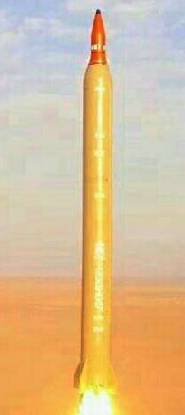The North-Korean/Iranian Nodong-Shahab missile
family
(based on the unknown Soviet missile -
here provisionally designated as R-17K)
Norbert Brügge,
Germany
Update:
28.12.2021
|
|
The riddle of the
North-Korean Nodong missile (Hwasong-7) is difficult to decode up
to now. It is a missile that presumably uses UDMH/AK-27 as propellant. Pakistan
and Iran use the Nodong to build there similar Ghauri-I and Shahab-3 missiles.
In North-Korea the Nodong vehicle was used for the first space-rocket Paektusan
(Taepo-Dong 1). In the meantime upon base of an extended Nodong have builded
North-Korea, Pakistan and Iran their next variants of missiles.
The Nodong
missile is an upscaled Soviet R-17 (Scud-B) missile. But, the
Scud-B uses in contrast TM-185 (Kerosene) / AK-27I (73%HNO3
+27%N2O4) as propellant.
The key to the problem was up to now the kind of the engine used for the
Nodong. Recently were found further remarkable photos from the Iranian Shahab/Safir-engine.
The engine is similar to the Scud engine. It is however ~140% larger formed.
Also combustor and nozzle are different formed (area ratio 8.2 ---> 9.6).
With a meanwhile known diameter the rocket of 1.25 m can be valued a diameter
for the nozzle of 62 cm.
|

|
|
|
Previously it was
assumed that it could be an engine of the clustered Chinese engine YF-2.
The engine YF-2 is used for the
DF-3 missile. The propellant is however UDMH/AK-27S.
The mixing proportion of this components requires approximately
equal large tanks. That is also the case at the Nodong missile and Safir
IRILV, contrary to the Scud-B !
|
Meanwhile at first by
Novosti Kosmonavtiki published sensational photos of the Chinese
first stage
engine YF-2 from the
DF-3 missile. It is now confirmed that four single engines are
combined with its own turbopumps.
The shape of the chambers and the nozzles are more similar to the
smaller Scud-B engine than to the Nodong engine. The Nodong engine
has greater similarity to the Soviet four-chamber engine
Isayev S2.1100 (Burya booster).
In addition however clear differences between all engines are to be
determined. In any case, this engine YF-2 is a creation of Isayev's
design bureau. All the details are typical.
It is reported by KB Makeyev
that the development of an operational tactical missile (code
not known) was stopped in December 1958 in the preliminary
planning stage. It should be a R-17 similar missile with a longer
range. Was the development later continued ?
An interesting reference
for the origin of the Nodong is a
drawing
for the manufacture of an engine,
whose measurements and outlines equal the Nodong engine. It is
possible, that this engine
belongs to an unknown Soviet missile, which exactly corresponds
to the Nodong missile. Possibly the engine was constructed for the
use of UDMH as fuel, as for the Isayev engine YF-2.
These missile was not taken over however in the rocket arsenal of
the Soviets, probably however exports to North Korea. This is realistic
because
Cyrillic letters were seen on a Shahab-3 (Nodong) missile.
A single
Nodong engine has a thrust of approximately 280 kN (s.l.).
That can calculated become with the kind of propellant, the quantity
of ~11.151 kg and the burning time of 95 sec (Paektusan-1 launch).
The Pakistani Ghauri-I missile have a quantity of 12.912 tons
propellant. It is calculated a burning time of 110 sec. The Iranian
Shahab3 has the same dimension. The new Iranian missile Ghadr-1(H)
and the Pakistani Ghauri-II missiles are once more longer (Nodong+).
A stretched
Nodong+ were used as first stage of the
Safir IRILV and the unknown North-Korean
Paektusan-2.
|
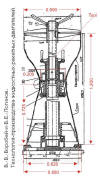

|
|
A statement
to the Nodong missile by Schmucker Technologie, Munich, Germany
, 2010
"The Missile Show". Prof. Dr.-Ing. habil. Robert H. Schmucker
& Dr.-Ing. Markus Schiller
�In 1993, four missiles were launched in the DPRK. The exact missile
types are still not known for sure, but one is said to have been the
first appearance of a new rocket that would soon play a central role
in the 3rd World arsenals. This missile, designated Nodong by the
West, looks like an upscaled derivative of the Scud. Main diameter
is roughly 1.3 m compared to Scud�s 0.88 m, and the whole system is
accordingly larger, heavier and offers more per10 formance.
In the same year, a number of Russian missile experts from the Makeev
design bureau tried to emigrate to North Korea. This was prohibited
by Russian authorities, but it is not known if they found another
way to the DPRK.
Since 1998, Nodong can be found in Pakistan by the name of Ghauri,
and in Iran as Shahab 3, where it first appeared at a military exhibition,
littered with numerous Cyrillic markings.
Lucky chance revealed the true origin of the engine. In 2001, a Russian
textbook was published in context with a training course for rocket
production in Iran. This book contains the drawing of a manufacturing
device for rocket engines. The decisive figures of the according engine
� nozzle and throat diameter � perfectly match those of the Nodong
engine, as photos of the Iranian Shahab 3 engine clearly show. It
is a Soviet-Russian engine, and the characteristic details of the
Isaev design bureau are clearly visible.
Engineering details and technical data of Nodong are strikingly characteristic
for Soviet missile concepts of the late 1950s. At that time, competing
design bureaus proposed, pre-developed and tested dozens of different
missiles that never reached the state of serial production and disappeared
in the fog of history. To give an example of the scale of Soviet rocket
efforts at that time: Isaev alone developed more than a hundred different
engines, of which several dozens entered serial production.
Thus, it seems clear that Nodong is an early Soviet missile, perhaps
the little known R-18 (better is R-17K; R-18 was other project).�
Quote,
2012, March 15: �The Scud-engine (S5.2) and the Nodong-engine
were both designed at Isayev�s OKB-2. The Nodong is not something
North Korea developed by "scaling up" the Scud engine. The book:
I know both of the authors of this book which contains technical descriptions
for the manufacture of the Nodong engine; they both have seen the
"Nodong" engine while working in Iran during the late-1990s. They
have stated to me that what they saw was an Isayev engine, produced
in Russia.�
Source: www.iranmilitaryforum.net/space-technology-and-news/
|
|
|
Overview and Textmarks
|
|
Hwasong-7 |
Paektusan-1 |
Shahab-3 |
Ghadr-F |
Ghauri-I |
Hwasong-8 |
Ghauri-II |
Ghadr-H |
Safir-1 |
Safir-1B |
Safir-1B+ |
Emad |
|
Length total |
~15.9 m
|
-
|
~15.5 m
|
~15.5 m
|
~15.9 m
|
~16.6 m
|
~17.9 m
|
~16.6 m
|
-
|
-
|
- |
~17.1
m
|
|
Length without warhead/guidance |
~11.5 m
|
~11.5 m
|
~11.5 m
|
~11.5 m
|
~11.5 m
|
~13.5 m
|
~13.5 m
|
~13.5 m
|
~17.0 m
|
~17.0 m
|
~17.0 m
|
~13.5 m
|
|
Diameter |
1.25 m
|
1.25 m
|
1.25 m
|
1.25 m
|
1.25 m
|
1.25 m
|
1.25 m
|
1.25 m
|
1.25 m
|
1.25 m
|
1.25 m
|
1.25 m
|
|
Propellant |
UDMH/AK-27
|
UDMH/AK-27+
|
UDMH/N2O4
|
UDMH/N2O4
|
UDMH/N2O4
|
|
Mass propellant (t) |
12.912
|
11.151*)
|
12.912
|
12.912
|
12.912
|
14.670
|
14.670
|
14.670
|
~18.200
|
14.67
|
|
Engine |
Isayev
n.n. (1)
|
|
Thrust s.l. (kN) |
279.8
|
279.8
|
279.8
|
279.8
|
279.8
|
279.8
|
279.8
|
279.8
|
284.4
|
298.2
|
333.6
|
298.2
|
|
Thrust vac (kN) |
309.2
|
309.2
|
309.2
|
309.2
|
309.2
|
309.2
|
309.2
|
309.2
|
313.2
|
325.8
|
363.1
|
325.8
|
|
Isp s.l. (Ns/kg) |
2383
|
2383
|
2383
|
2383
|
2383
|
2383
|
2383
|
2383
|
2422
|
2540
|
2658
|
2540
|
|
Isp vac (Ns/kg) |
2633
|
2633
|
2633
|
2633
|
2633
|
2633
|
2633
|
2633
|
2667
|
2775
|
2893
|
2775
|
|
Burn time, nominal (sec) |
110
|
95
|
110
|
110
|
110
|
125
|
125
|
125
|
155
|
155
|
145
|
125
|
|
Total vacuum impulse (MNs) |
34.0
|
29.4
|
34.0
|
34.0
|
34.0
|
38.6
|
38.6
|
38.6
|
48.6
|
50.5
|
53.6
|
40.7
|
*) F= (mp * Isp)
/ t = (11.151 * 2383) / 95 = 279.8 kN

Shahab refueling on-site
|
|
Propulsion of the R-17K missile family
|

Nozzle of Ghauri missile engine
(IDEAS 2006) |
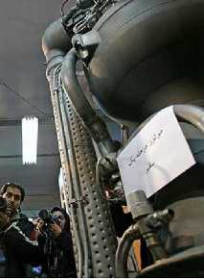
The Iranian Shahab-3 missile engine |

Nodong engine dimensions |
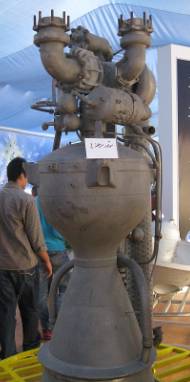
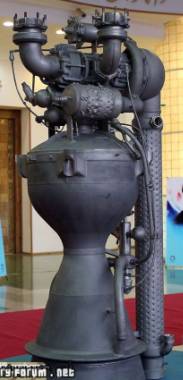

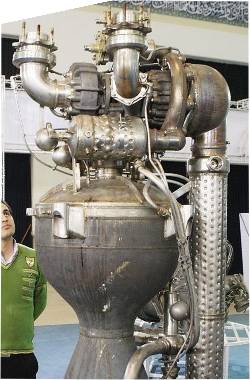
 |
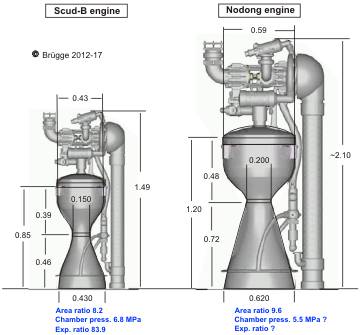 |

Injector plate of Nodong engine |
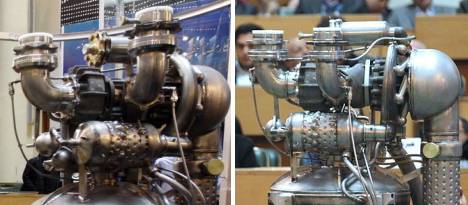
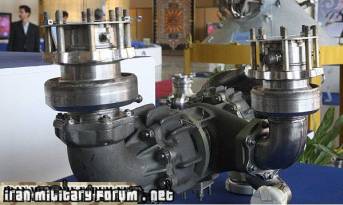
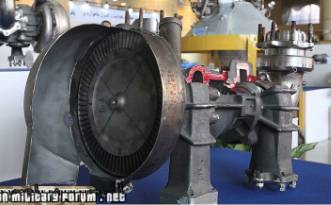 |
 |
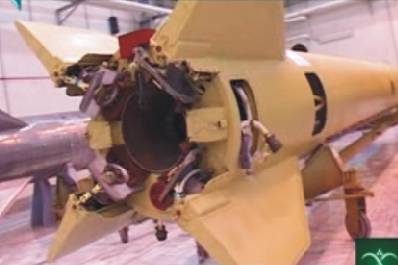 |
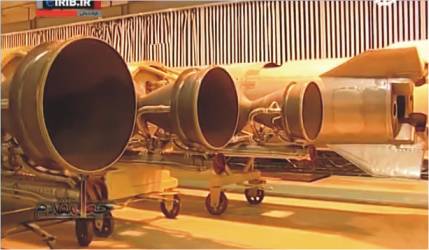 |
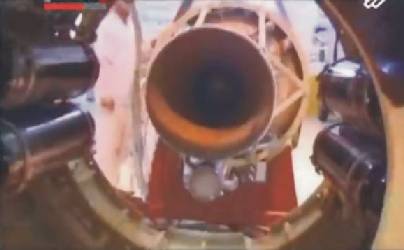 |
|
|
|
North
Korean HS-7 (Nodong) and HS-8 (Nodong+) missile
|
|
On Sept. 21, 2017
Vladimir Khrustalev
wrote me:
"During my trip to Pyongyang visited Korean People�s Army Museum
of Weapons and Equipment. The museum is generally closed for the foreigners
with some exceptions. I managed to clarify the DPRK names for various
ballistic missiles." The Nodong missile
is called as Hwasong-7
|
|
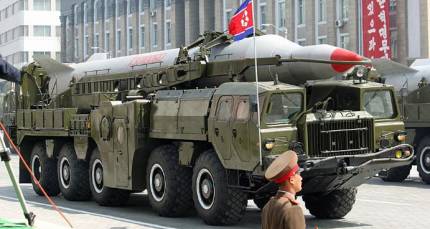
Hwasong-7
|
 |
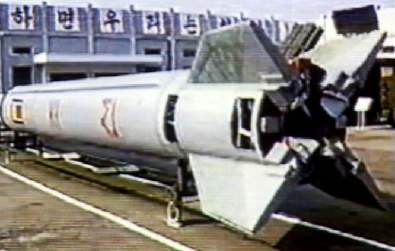
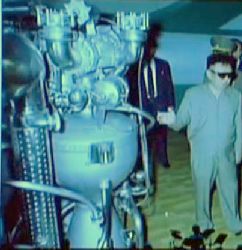
HS-7 missile (first stage of Paektusan-1) |
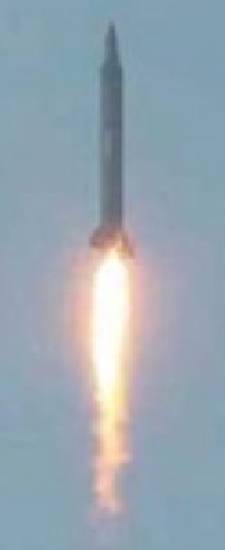
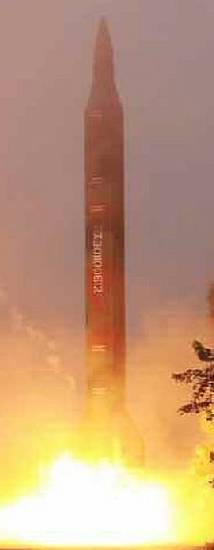 |
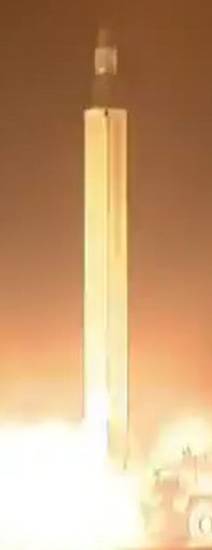
HS-8 |

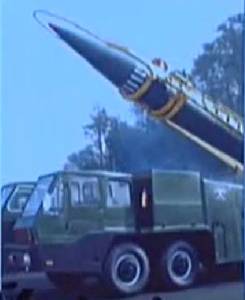
HS-8 missile on unknown homemade
TEL
|
|
|
|
Pakistani Ghauri-I
and Ghauri-II missile
|
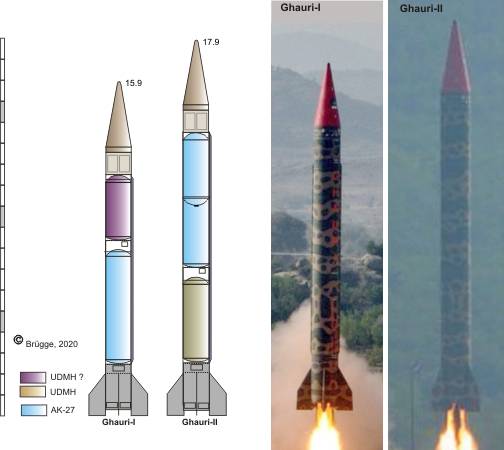 |
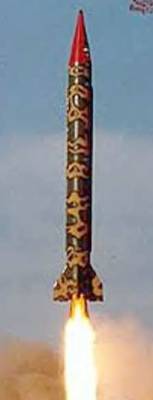
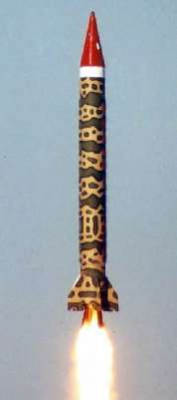
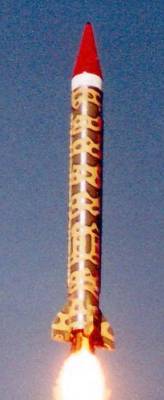
Ghauri-I |

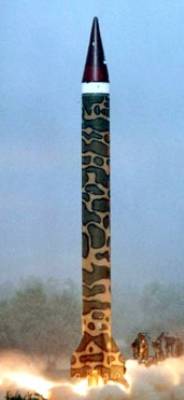
|
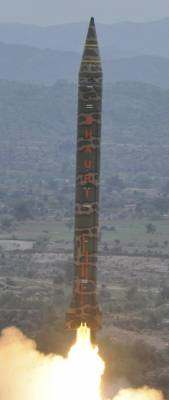
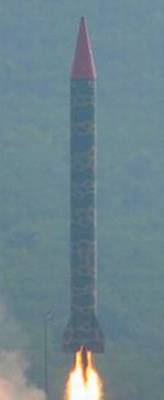

Ghauri-II |
|
|
|
Iranian Shahab-3 &
Ghadr-F missile
|
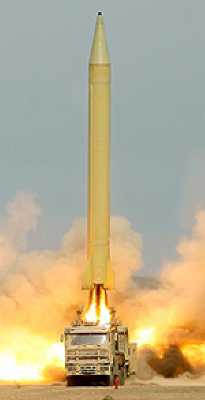
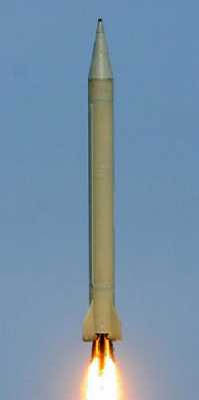
Shahab-3 missile launch |

|
 |
 |

Shahab-3 with their different guidace units and warheads ------------------->
|
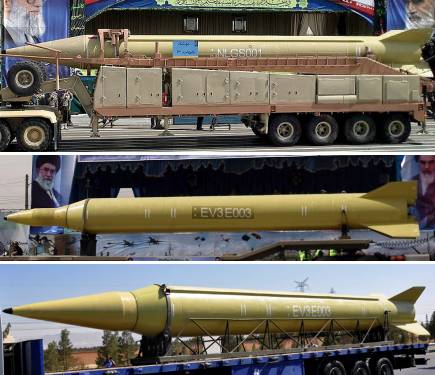 |

Shahab-3 with biconic RV (BRV) |
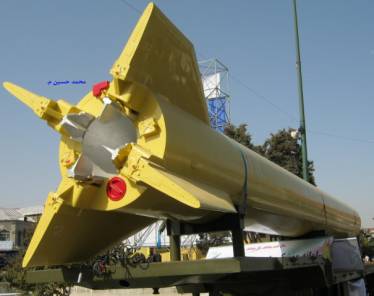
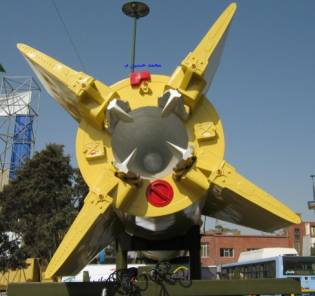 |
|
Ghadr-F missile
|
|
In 2011 there was
a missile exhibition in Tehran and for the first time there are exact
specifications for several of Iran's missiles such as the Ghadr-F.
Then, in 2012 and 2013
was presented this short Shahab-3 like missile with TRV warhead and
small Ghadr fins, called Ghadr-F.
|

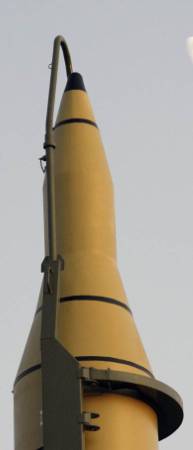
Ghadr-F with triconic WH (note
the maintenance hatches) |
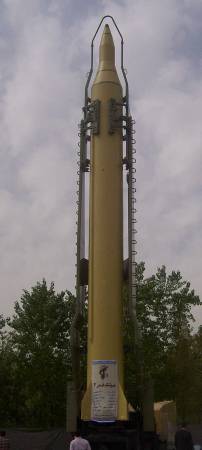
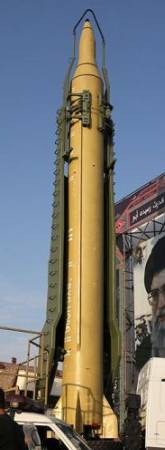
Ghadr-F |
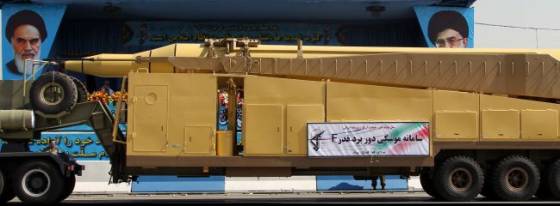
Ghadr-F |
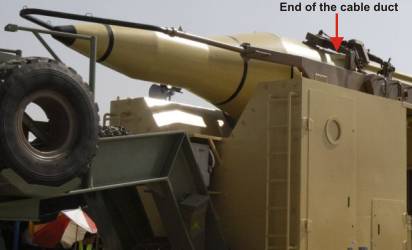 |
|
|
|
Iranian Ghadr-1 & Ghadr-H
missile
|

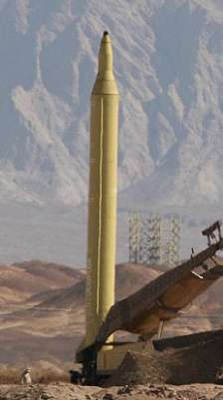
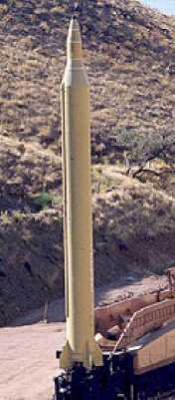
Ghadr-1 |


Ghadr-1 |

The Ghadr-H is about 40 cm longer as Ghadr-1
|
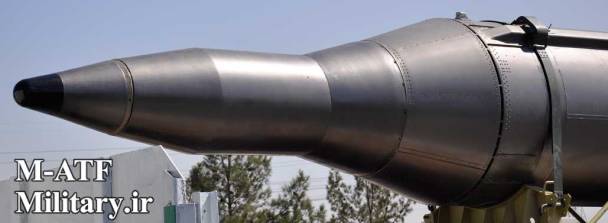
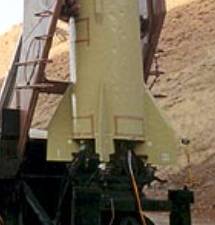
Smaller fins are typical

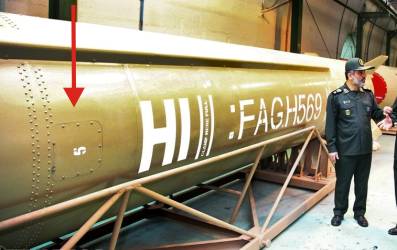
Ghadr-H (Interstage / fuel
tank at base) |
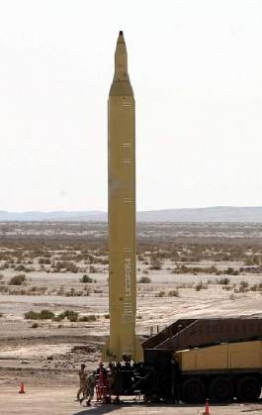
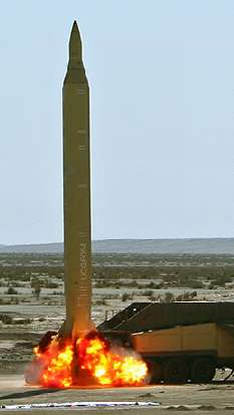
Ghadr-H |
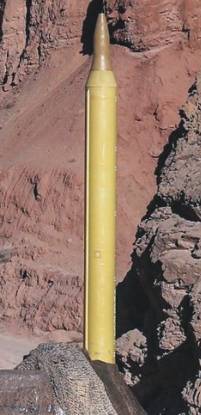
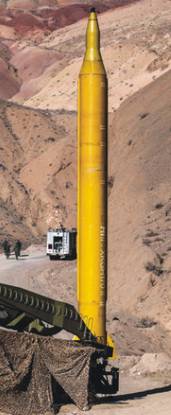
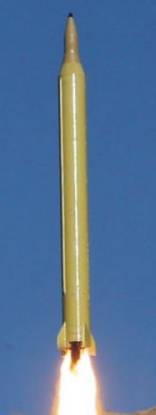
|
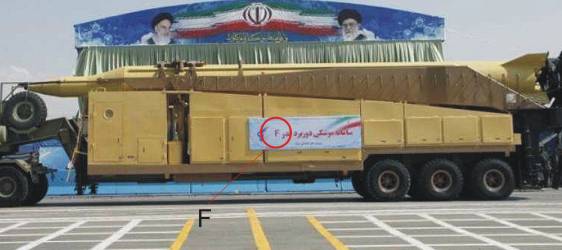
Ghadr-H (not Ghadr-F)
|
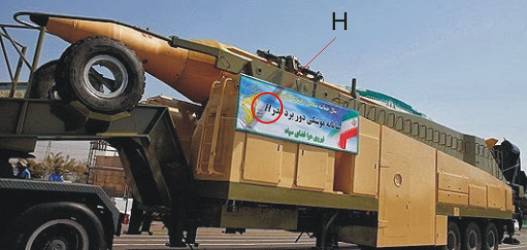
|
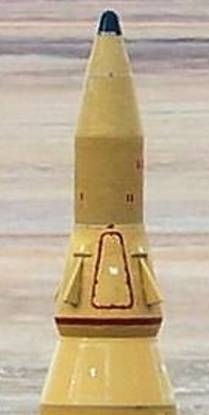
 |
|
New WH for Ghadr-H, shown in
December 2021
Source: Tal Inbar
|
Shahab-3/Ghadr/Emad
warheads (incl. different guidence sections)
|







































































